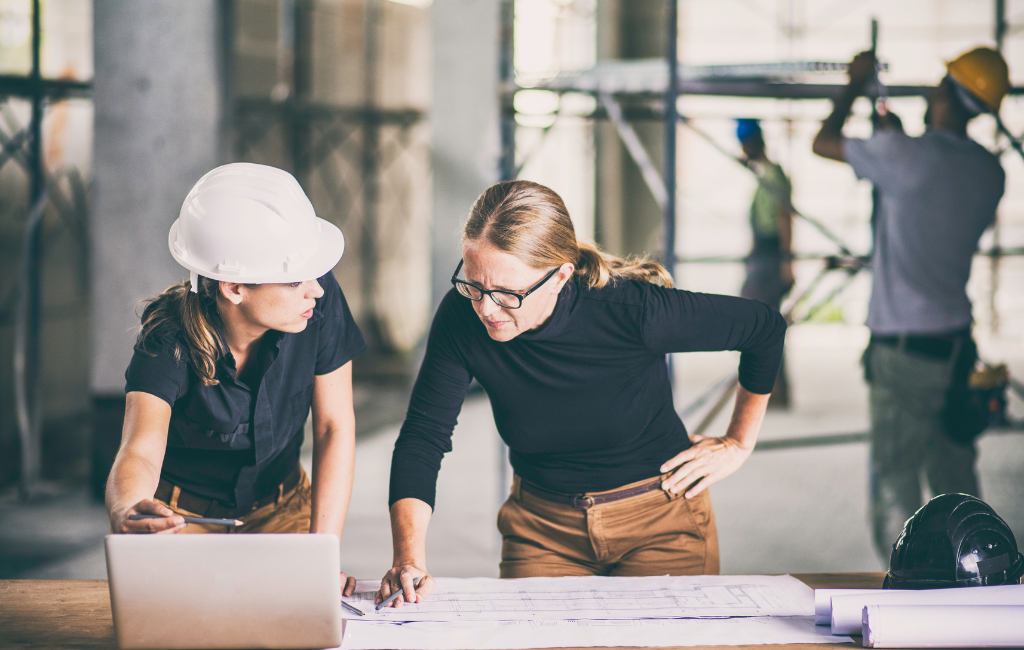
Architect Designing Future
-
Table of Contents
- Architect: Designing the Future with Innovation and Precision
- The Evolution of Architecture
- Digital Tools and Technologies
- Sustainable Practices
- Case Studies: Innovation in Action
- The Edge, Amsterdam
- Marina Bay Sands, Singapore
- One Central Park, Sydney
- Statistics: The Impact of Modern Architecture
- The Future of Architecture
- Artificial Intelligence (AI)
- Modular Construction
- Biophilic Design
- Conclusion
Architect Designing Future
Architecture stands at the intersection of art and science, shaping the environments in which we live, work, and play. The role of the architect has evolved significantly over the years, driven by technological advancements, environmental concerns, and changing societal needs. This article explores how architects are designing the future with innovation and precision, highlighting key trends, case studies, and statistics.
The Evolution of Architecture
Architecture has a rich history, from the ancient pyramids of Egypt to the modern skyscrapers of today. Each era has brought new materials, techniques, and design philosophies. The 21st century is no different, with architects embracing digital tools, sustainable practices, and user-centric designs.
Digital Tools and Technologies
Modern architects leverage a variety of digital tools to enhance their design processes. Building Information Modeling (BIM) allows for the creation of detailed 3D models that integrate various aspects of a building’s lifecycle. This technology improves collaboration among stakeholders and reduces errors during construction.
- 3D Printing: Enables the creation of complex architectural models and components with precision.
- Virtual Reality (VR): Provides immersive experiences for clients to visualize spaces before they are built.
- Parametric Design: Uses algorithms to generate optimized design solutions based on specific parameters.
Sustainable Practices
With growing awareness of environmental issues, sustainability has become a cornerstone of modern architecture. Architects are incorporating green building practices to minimize the environmental impact of their projects.
- Energy-Efficient Buildings: Designs that reduce energy consumption through insulation, natural lighting, and renewable energy sources.
- Water Conservation: Implementing systems that reduce water usage and promote recycling.
- Use of Recycled Materials: Incorporating materials that have been repurposed to reduce waste.
Case Studies: Innovation in Action
Several projects around the world exemplify how architects are pushing the boundaries of design and technology.
The Edge, Amsterdam
The Edge is often cited as one of the most sustainable office buildings in the world. Located in Amsterdam, this building uses smart technology to optimize energy use. Solar panels, rainwater harvesting, and a highly efficient HVAC system contribute to its net-zero energy status.
Marina Bay Sands, Singapore
This iconic structure in Singapore is a marvel of modern engineering. The three-tower complex is topped with a sky park that offers panoramic views of the city. The design incorporates advanced structural techniques to support the massive cantilevered platform.
One Central Park, Sydney
One Central Park in Sydney is a mixed-use development that integrates greenery into its design. Vertical gardens cover the building’s facade, providing natural insulation and improving air quality. The project demonstrates how urban spaces can be transformed into green oases.
Statistics: The Impact of Modern Architecture
Data underscores the transformative impact of modern architectural practices.
- According to the World Green Building Council, green buildings can reduce energy consumption by up to 30%.
- A study by McGraw Hill Construction found that 60% of architects use BIM in their projects, highlighting its widespread adoption.
- The global market for smart buildings is expected to reach $109 billion by 2025, driven by the demand for energy-efficient solutions.
The Future of Architecture
The future of architecture promises to be even more dynamic, with emerging trends and technologies shaping the way we build.
Artificial Intelligence (AI)
AI is set to revolutionize architecture by automating routine tasks and providing data-driven insights. Predictive analytics can help architects design buildings that are more efficient and responsive to user needs.
Modular Construction
Modular construction involves assembling building components off-site and then transporting them to the construction site. This method reduces construction time and waste, making it an attractive option for future projects.
Biophilic Design
Biophilic design focuses on creating spaces that connect people with nature. This approach has been shown to improve well-being and productivity, making it a growing trend in both residential and commercial architecture.
Conclusion
Architects are at the forefront of designing the future, blending innovation with precision to create spaces that are functional, sustainable, and aesthetically pleasing. By embracing digital tools, sustainable practices, and emerging trends, they are transforming the built environment in ways that were once unimaginable. As we look ahead, the role of the architect will continue to evolve, driven by the need for smarter, greener, and more human-centric designs.
- DIY Pearly Whites Lightening: How to Accomplish a Spectacular Smile
- Natural Remedies for Brighter Teeth: Just How to Whiten Pearly Whites Without Chemicals
- The Intersection of Wide Range and Safety: A Deep Study 401( k) and Gold IRAs
- Mushroom Coffee: The Ultimate Superfood Drink You Required to Try
- Tax Benefits of Rolling Over Your 401k right into a Gold IRA You Need to Know!